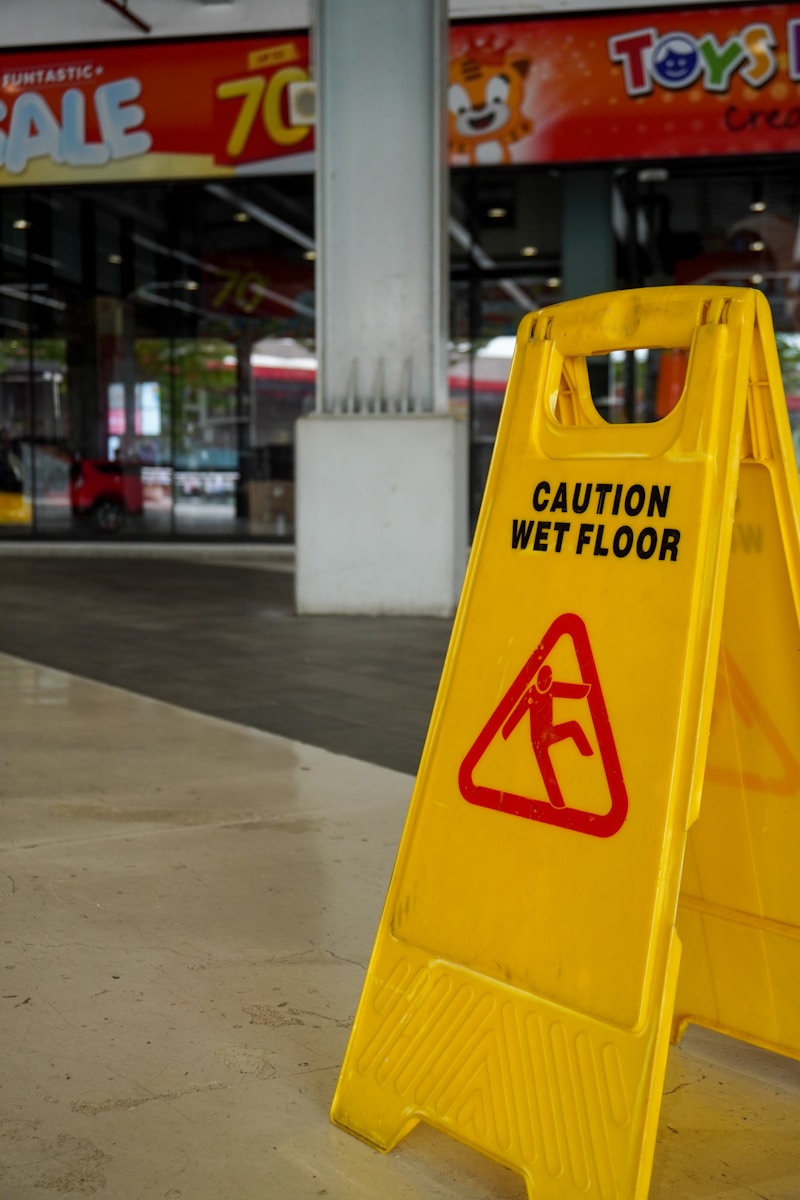How Everyday Hazards Can Lead to Life-Altering Challenges
The world around us is full of unseen dangers that can turn a seemingly normal day into a life-altering event. From slipping on a wet floor to being involved in a car accident, these incidents can fundamentally change the trajectory of your life.
While many of these hazards may appear minor at first, their consequences can result in injuries that affect physical, emotional, and financial well-being. Understanding the risks and recognizing how they can escalate will be sure to protect yourself and your loved ones. Read on to explore various everyday hazards and how failure to address them can lead to significant challenges.
Legal Options After an Accident
Navigating the legal landscape following a personal injury due to everyday hazards can be complicated. Individuals may feel lost and may not know what steps to take when seeking compensation for their injuries.
First, you want to understand liability and gather relevant evidence — this includes taking photographs of the scene, obtaining witness statements, and documenting medical treatment. Consulting with a personal injury attorney serves as a valuable resource to explain your rights and guide your claim process. Legal representation can provide clarity over jurisdictional laws and ensure victims are compensated fairly for medical expenses, pain, and suffering.
Know that failing to file within the specified timeframe can result in losing the right to seek compensation. Proactively educating yourself on legal options underscores how crucial it is to act promptly after an accident.
Common Everyday Hazards
Everyday hazards exist in various forms, and being aware of them is the first step in preventing potential accidents. These dangers may live indoors or outdoors, often blending into daily routines so seamlessly that their risk goes unnoticed. Many people experience slips and falls in their own homes, particularly in bathrooms or kitchens where surfaces can be slippery.
Hazards found in the workplace can lead to occupational injuries that drastically inhibit a person’s ability to perform their job. These common hazards can empower individuals to take proactive measures to ensure safety in their environments, whether at home or work.
The Role of Negligence in Accidents
When property owners or business managers fail to take adequate precautions to maintain a safe environment, it can result in hazardous conditions. A grocery store that does not promptly clean up spills on the floor can lead to falls and serious injuries to customers. This neglect is not limited to commercial spaces; homeowners also have a duty to keep their properties safe, which includes maintaining adequate lighting in stairways and securing handrails.
If negligence is proven, the affected individuals may have grounds for a personal injury lawsuit. Understanding how negligence operates in various situations can help individuals advocate for their safety rights. Knowing which standards were violated in your situation can also help bolster your case if injuries occur.
Health Risks from Everyday Activities
Aside from physical hazards that can lead to injury, everyday activities can also present health risks that develop over time. Exposure to harmful substances is an often-overlooked danger in household cleaning products, pesticides, and more. Multiple studies indicate that long-term exposure to such chemicals may lead to chronic illnesses or even severe respiratory issues.
Sedentary lifestyles fueled by an increase in screen time may lead to long-term complications like obesity, cardiovascular disease, and musculoskeletal problems. This shift towards less physical activity is critical, not just for individual health, but for overall public health trends. Engaging in regular physical exercise and being vigilant about exposure to harmful substances can mitigate these risks significantly. Recognize the potential health hazards in daily routines for individuals who wish to lead healthy, fulfilling lives.
Emotional and Psychological Effects of Injuries
Injuries sustained from everyday hazards may turn into profound emotional and psychological effects that often go unnoticed. Surviving a significant accident might cause post-traumatic stress disorder (PTSD), anxiety, or even depression in the aftermath of a traumatic event. Beyond the physical pain and inconvenience, the emotional toll can hinder recovery and affect relationships with loved ones.
Some individuals may find themselves distancing from social interactions due to fear of re-injury or the emotional distress tied to their experience. Seeking therapy or counseling can be a beneficial step for those coping with the aftermath of an injury, yet many hesitate to reach out for help.
By now, you know that psychological effects can be equally debilitating as physical injuries. Once you acknowledge the emotional ramifications of accidents, you can foster open conversations about mental health that can promote healing and recovery.
Financial Consequences of Personal Injuries
The financial implications of injuries resulting from everyday hazards can be long-lasting. Medical expenses can quickly pile up, especially when injuries require ongoing treatment, rehabilitation, or even surgical intervention. The cost of preventable injury encompasses emergency medical treatment, lost wages due to time off work, and potential legal fees when seeking compensation.
The burden of financial strain caused by injuries can leave victims feeling overwhelmed and exacerbate stress levels during recovery. Even in this case, an attorney can assist in properly navigating the complexities of financial claims related to personal injuries. Understanding the economic ramifications associated with accidents emphasizes the importance of injury prevention and taking action in response to hazards in everyday life.
Preventing Everyday Hazards
Taking action to prevent everyday hazards is a shared responsibility for individuals, businesses, and communities. Implementing safety inspections in workplaces can help identify and mitigate risks proactively. Homeowners can regularly assess their environments for potential hazards, such as loose area rugs, inadequate lighting, or obstructed walkways. On a larger scale, community campaigns designed to educate residents about safety measures and available resources create a culture of safety and awareness.
The National Safety Council recommends several preventative measures, including maintaining a clutter-free environment, ensuring proper signage for hazardous areas, and using non-slip surfaces in homes and businesses. By emphasizing personal responsibility in daily life, everyone can contribute to reducing the incidence of accidents and enhancing overall community safety.
As we navigate daily life, remain vigilant regarding the hazards that can lead to accidents and injuries. While hazards surround us, understanding their implications empowers individuals to take proactive measures to ensure their well-being. By recognizing the potential risks, individuals can engage in preventive practices, seek legal recourse when necessary, and advocate for mental health support to foster recovery.





